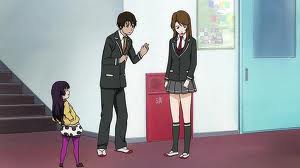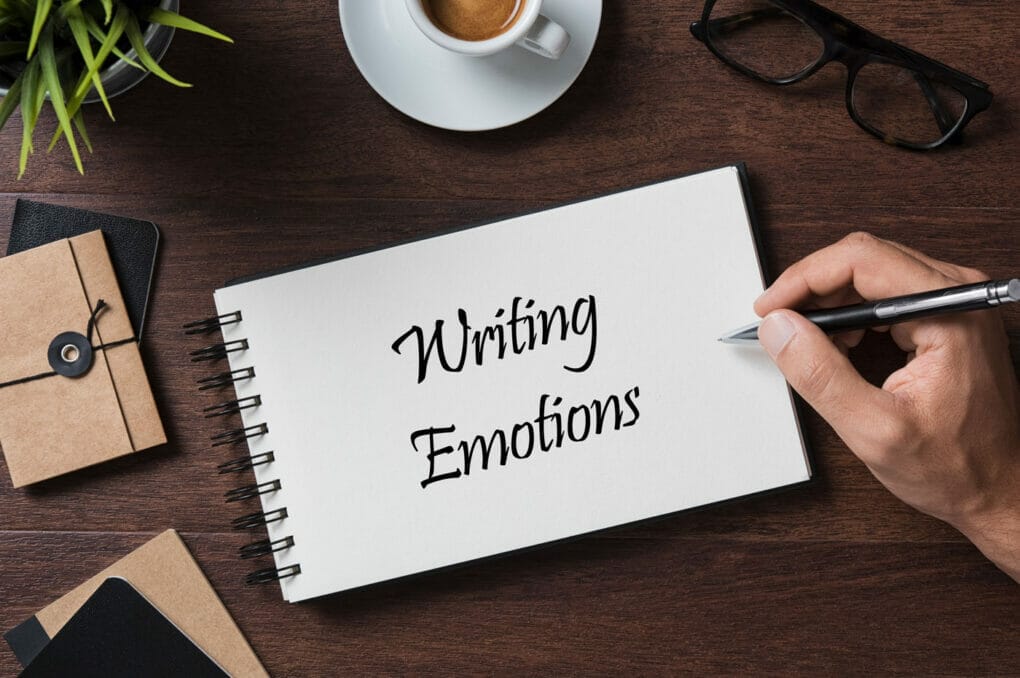One of my favorite parts of crafting a story is writing dialogue. I read somewhere that to be great at writing dialogue, you need to be good a talking to people. This bothered me. I mean, I’m an introvert. I can talk to people but I’m much better at writing. You don’t need the gift of gab to be good at writing dialogue. I certainly don’t have it and my dialogues are good if I do say so myself 😉
How do you write great dialogue?

Listening and People Watching
You don’t need to be a conversationalist. You need to be a good listener and observer. This whole people watching thing- all I can picture is someone looking down the mouth of the people talking beside them. Don’t do that. You don’t have to hear what they’re saying. People aren’t standing or sitting like statues when they’re talking. Gestures give you clues to what the conversation is about. Use TV, movies and personal experiences to make your dialogue sound authentic.
Relax
Don’t think too much about it. Just write. Dialogue is supposed to flow naturally. Remember my post on Your Characters’ Voice? Know your characters as if they were your best friends. When writing, get into their headspace. Know how they’d respond to something. I was on the train one day looking at a discarded cup under the seat. For fun, I thought of what my characters would say if they were sitting in my seat looking at that cup. It was a fun little exercise.
Be careful of He said and She said
These tags are important but use them too much and the dialogue doesn’t flow naturally.
Jon leaned his chair back, bumping it against Mary’s desk for the hundredth time.
“Stop hitting my desk,” Mary snapped, shoving his chair forward.
“I don’t see your name on it,” Jon said.
“Can’t you come up with anything more original,” Mary said.
“I could but why waste my creativity on something like you,” Jon responded.
“Something!” Mary spat. “I’m not the little blood sucking insect pestering everyone.”
When you have a conversation between only two people, you don’t need to keep using he said and she said. Also, try substituting, “said” for an action or add some internal dialogue.
Jon leaned his chair back, bumping it against Mary’s desk for the hundredth time.
“Stop hitting my desk.” Mary shoved his chair forward.
“I don’t see your name on it,” Jon said.
“Can’t you come up with anything more original.”
“I could but why waste my creativity on something like you.”
She hated how his voice remained level.
“Something! I’m not the little blood sucking insect pestering everyone.”

Beware the Exclamation Point
There are no hard and fast rules to writing but I’d say stay away from the exclamation point. It’s similar to the sentence- “She felt something growing in her chest.” It’s the lazy way out. Don’t use something, show us what she felt. Instead of using exclamation points, add action that indicates strong feelings.
“Something! I’m not the little blood sucking insect pestering everyone.”
Becomes
“Something.” Mary slammed her desk into his chair.”I’m not the little blood sucking insect pestering everyone.”
Your dialogue doesn’t have to perfect the first time you write it. It probably won’t be perfect. That’s what editing is for.
Writing Dialogue: The 5 Best Ways to Make Your Characaters’ Conversation Seem Real





10 thoughts on “How to Write Great Dialogue”
One of my favorite revision tricks is to pick random lines of dialogue and see if I can tell which character said it. If your character's voice is coming through, you'll know without any dialogue tags.
Oh, just want to clarify I'm not saying never use dialogue tags. Just use them sparingly, like you said. 🙂
I like that trick. I'll have to try it 😀
Thanks, Auden. I need so much help with just about everything. 🙂
Glad I could help 🙂
Awesome post! Absolutely, listening and observing are things I do always. On top of that, I watch people's actions and behaviors when they say certain things. What do they do when they're angry? What do they do when they're surprised? A good observer, I AM. 😀
Also, your dialogue is very tight and well done.
Thanks 🙂
I'm good with the talking part, but the action tags elude me. It's easy for me to hear my characters while write, but I have to stop typing to 'see' them.
Thanks for the advice. Conversations are difficult to write and make them seem real.
That's the thing about writing- what we actually say, as in how we speak, may not translate well on page. We have to figure out how to write it the way we want it to be read.
Listening and people watching are big for me to craft dialogue. And when I'm using dialogue tags, I'll avoid using said as much as possible, and go for alternatives.
Comments are closed.